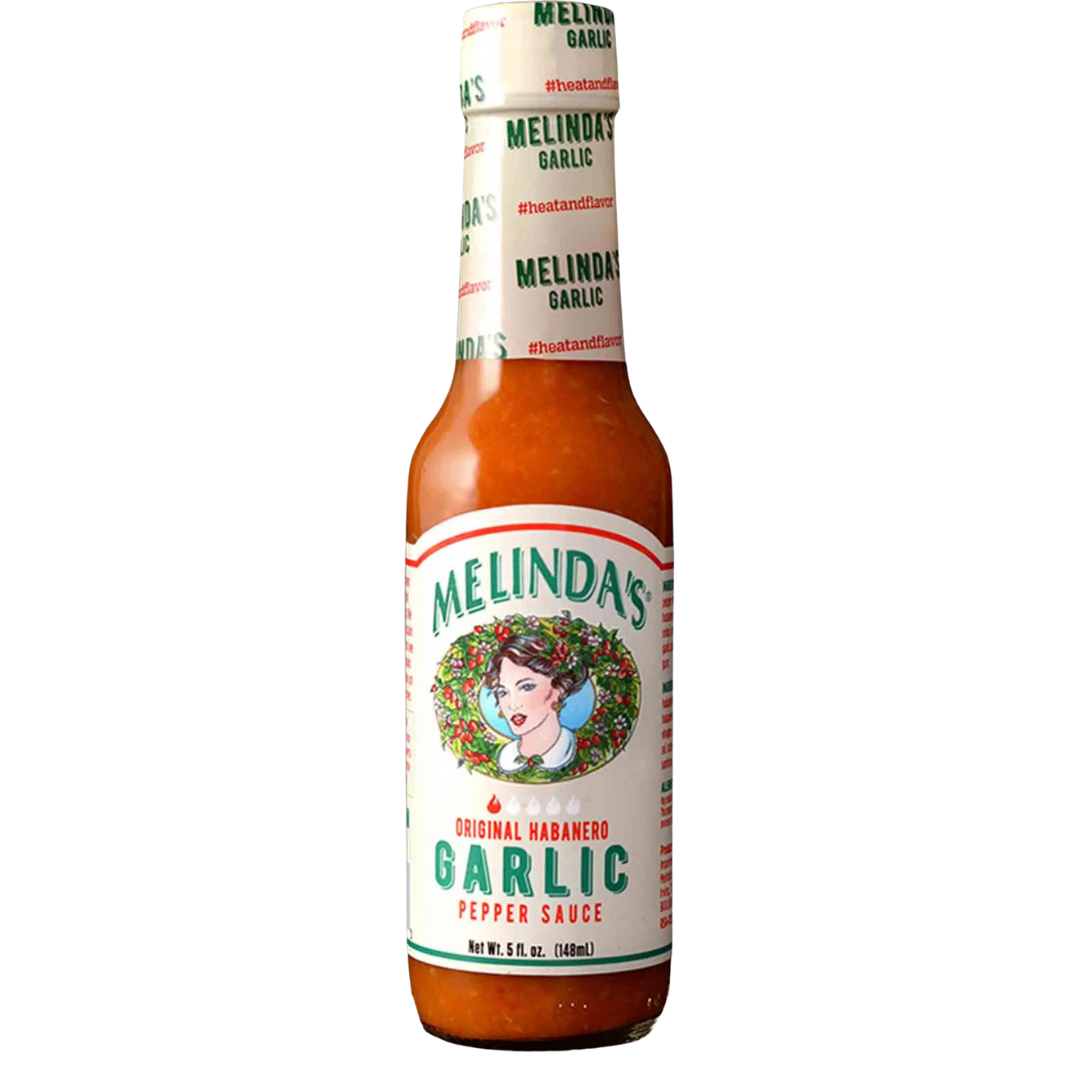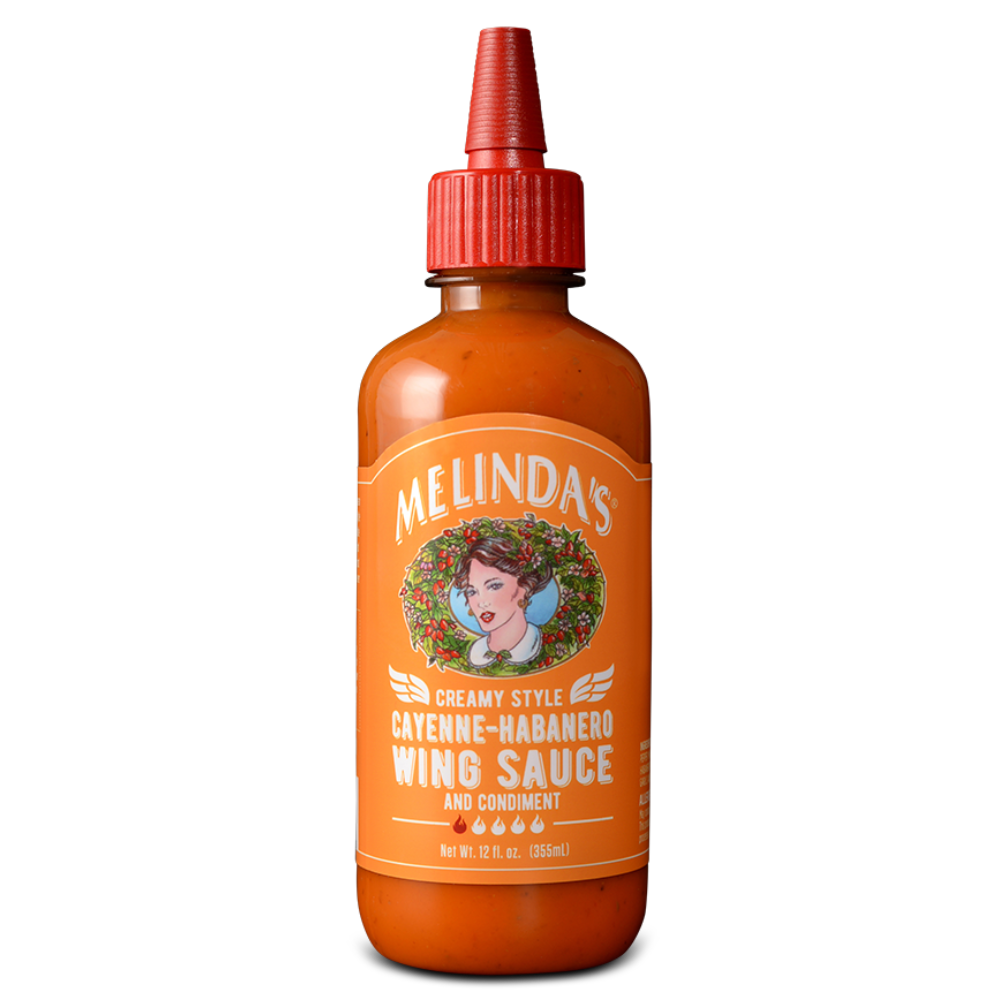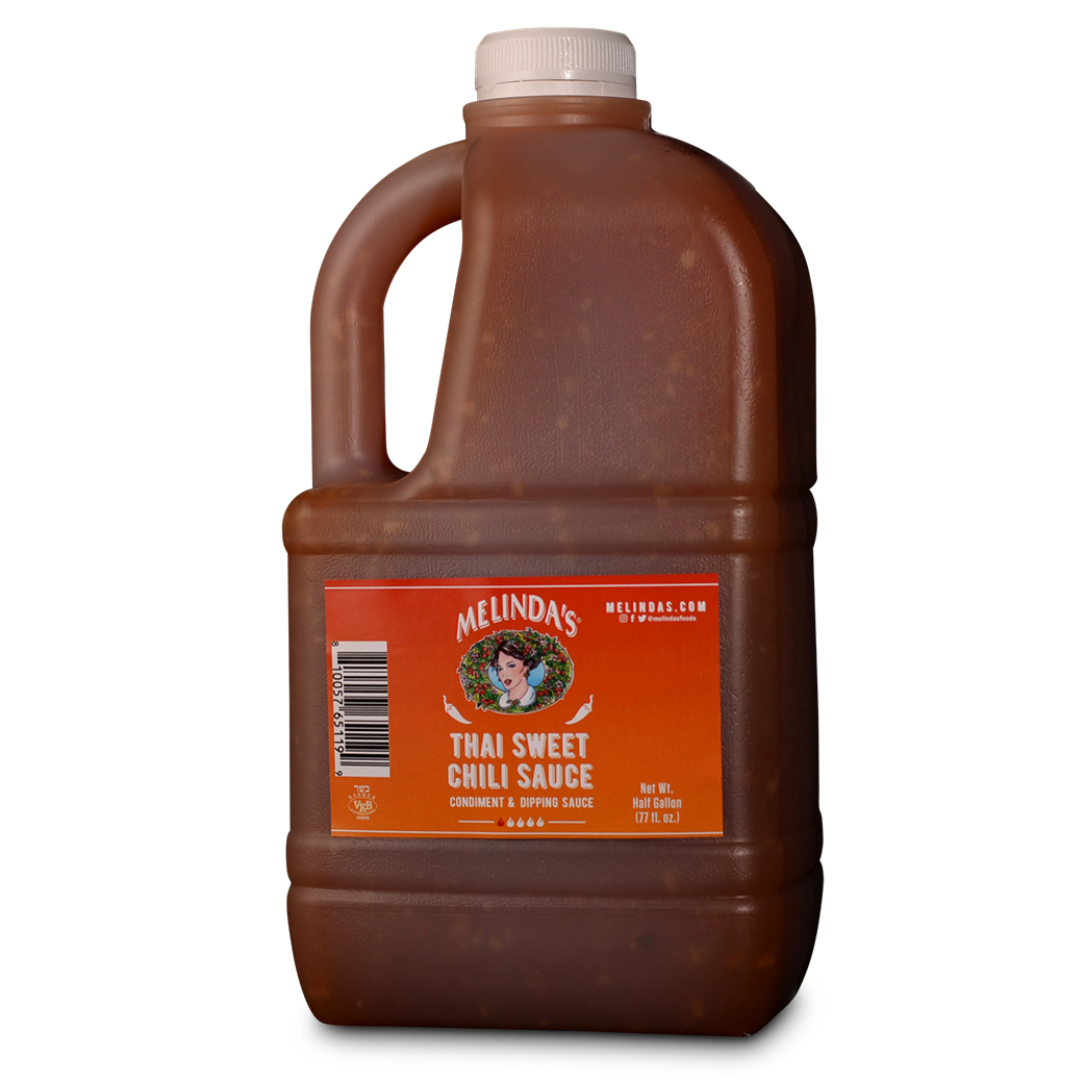The Origin of the Ghost Pepper
The Ghost pepper is said to be one of the hottest peppers in the World. In 2006, the Guinness Book of World Records deemed it the world’s spiciest tropical species which outdid the Red Savina Habanero. In the long run, it was unseated by a new wave of super-hot chile peppers. The present owner of the world record hottest spices is the Carolina Reaper. When ripe, the peppers measure 2.5 to 3.3 inches long. They are usually red, although they could also be yellow-orange, purple, chocolate, or even white in some color variations. The ghost pepper has been around for generations and is originally from Northeast India. They have only been cultivated in the Western World since the turn of the century. The ghost pepper belongs to the Capsicum Chinese family like Habanero, Scotch Bonnet, and Red Savina. The ghost pepper is also known as the Bhut Jolokia. Bhut means ghost and jolokia means pepper.
History of the Ghost Pepper
Where did the ghost pepper come from? What probably happened was that the chile pepper during its 16-century global trek, arrived through unknown means to Northeast India. When it got there, it was planted in a unique climate, bred by local hands, and before you know it, we got the spiciest chile in the World at the time. It held the Guinness Book of
World Records for the World’s hottest pepper from 2007 to 2010. It is also called Bhut Jolokia. The word ‘bhut’ which means ghost, given from the Bhutia people, most likely because the heat sneaks up on you like a ghost. The ghost pepper is also known by names such as Naga Jolokia, Bih Jolokia, or ghost chile. Do note that ‘Naga’ means ‘cobra snake’ in Sanskrit.
How Hot is the Ghost Pepper?
The ghost pepper was relatively unknown as the hottest pepper in the world, but that changed when the Indian Defence Test Laboratory found out that that the pepper Scoville rating was off the charts. The Ghost Pepper measures at 1,000,000+ Scoville Heat Units. It offers some pretty intense heat. The hottest ghost pepper can be said to be 416 times hotter than even the mildest jalapeño pepper which should average about 5,000 Scoville Heat Units on the Scoville Scale. This is 208 times hotter than the average jalapeño pepper. Talk about heat!
Ghost Pepper v.s. Carolina Reaper
The Ghost Pepper and Carolina Reaper can be favorably compared. Both are intensely hot, and they have a sweet and fruity flavor. As hot as the Ghost pepper is, the Carolina Reaper has more than double the spice of the ghost pepper at its hottest. The ghost pepper tops out at 1,041,427 Scoville Heat Units (SHU), and the Carolina Reaper can reach up to 2.2 million Scoville Heat Units (SHU).
Ghost Pepper Taste and Heat

When you taste the Ghost pepper, your first flavor is the intense fruity sweet chili flavor for up to 30-45 seconds. But, once the heat kicks in, expect watery eyes, hiccups, and sweating with shortness of breath. For 10-15 minutes, the burning intensifies, and after 30-40 minutes, it subsides. The best way to enjoy them is in your cooking, rather than raw. The ghost peppers also do not sting you with heat, unlike the scorpion pepper. They instead give you this fantastic blooming heat that bursts with flavor. If you can stand the heat, it is truly a taste you're going to want to try.
Uses of Ghost Pepper
Ghost peppers are great when used in the making of hot sauces. Dehydrate and grind them into powders or chili flakes for an amazing additive. You can even finely chop it to use in cooking larger meals such as a pot of stew or chile. Their intense heat, as well as their fruity flavor, makes them great for any form of cooking. In a large dish, the heat stands out, but the flavor stand still. A little ghost pepper goes a long way. Use them as you would a habanero. But, you should remember that they are up to five times the heat level. Be cautious when cooking with them. Be sure to wear gloves and avoid all contact with your eyes.

Other Uses of Ghost Pepper
Apart from it being a prevalent household ingredient in some parts of India and Bangladesh, it is said it can also be used as a homeopathic remedy for stomach pain. (we don't recommend trying this one!) It is said this pepper is used to beat the summer heat! When ghost pepper is eaten, you will start to sweat a bit which will ultimately decrease the body temperature. It has also been used as a deterrent for elephants when smeared on fences and other parts of property in India. It's even been used in smoke bombs in times of war.
Can Eating Ghost Peppers Kill You?
When you eating ghost peppers in large amounts, it can definitely do harm. Dr. Paul Bosland of the Chile Pepper Institute confirmed that if you ate ghost peppers in a large number in a short time period, it could kill you. He said, "A research study carried out in 1980, which calculated that three pounds of chiles in the extreme form of something close to ghost peppers, could end up killing a 150-pound person." It could potentially lead to heart attacks, seizures, and even death. Eating them in moderation is best, and can even offer you several health benefits. Luckily, our Ghost Pepper and Naga Jolokia pepper sauces have the perfect amount of heat while still maintaining and respecting the flavor of the chiles.
Growing Ghost Peppers
Growing ghost peppers can be difficult because they like humidity and heat. Since they are native to India, they grow very well in similar conditions. You can also grow them in a greenhouse which allows you to control the temperature as well as humidity directly.

Be sure to try our other Ghost Pepper products like our Melinda’s Creamy Style Ghost Pepper Wing Sauce, and Ghost Pepper Ketchup.




